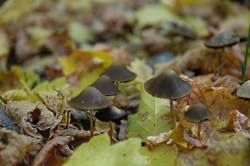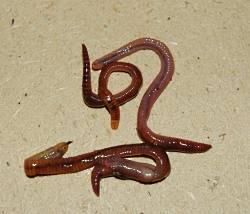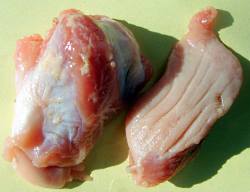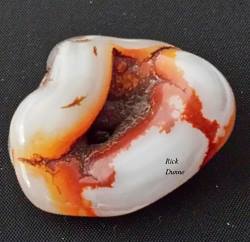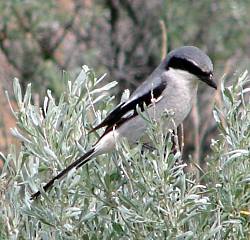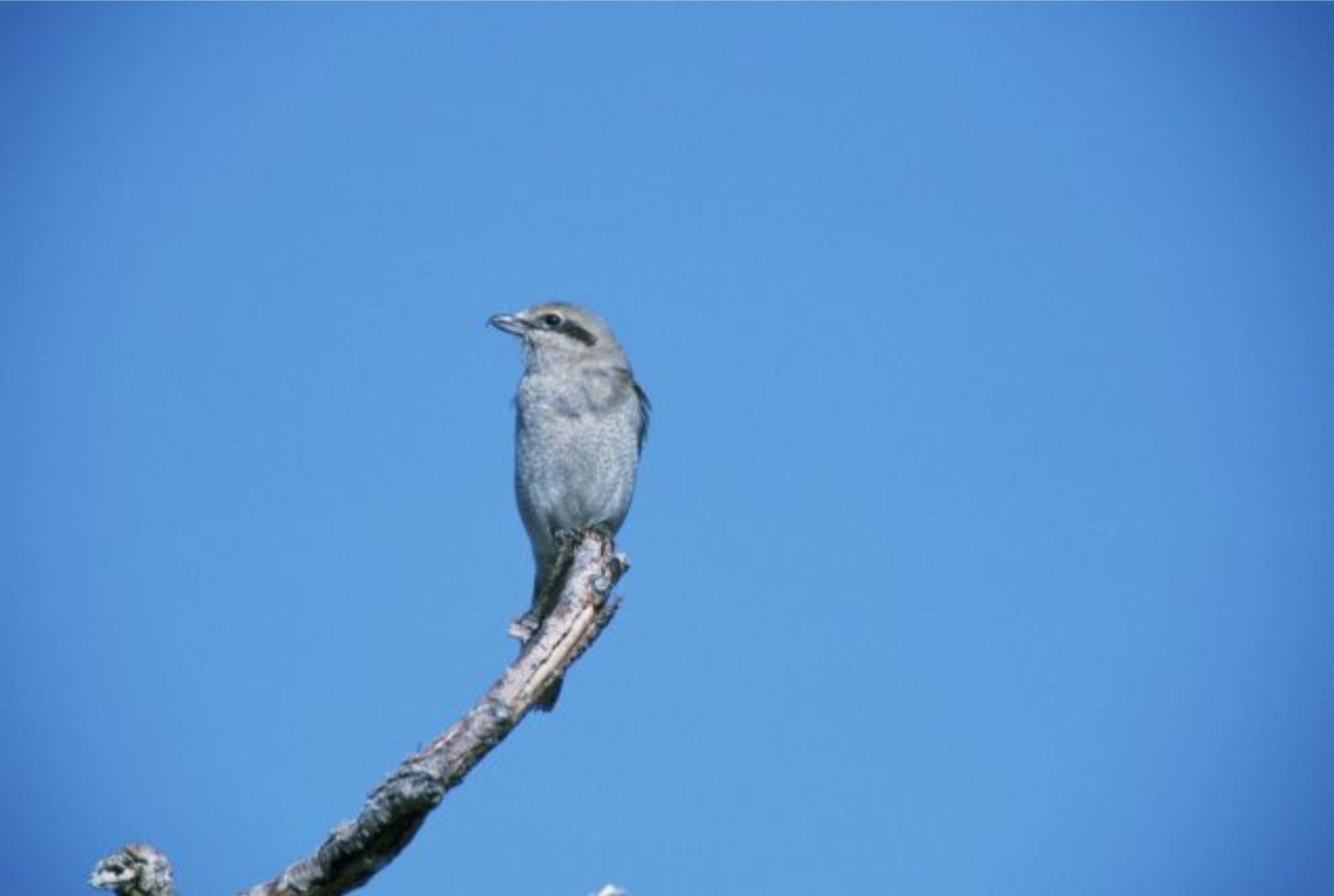Audio: mp3 
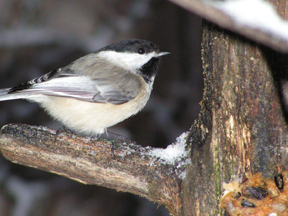
Copyright Stephen Peterson, Photographer
Hi, I’m Holly Strand from Utah State University’s Quinney College of Natural Resources.
There is a biological principle that states that species or populations that live near the poles tend to be bigger than those closer to the equator. Called Bergmann’s rule, this principle seems to work pretty well for some animal groups. Consider the size of polar bears, walruses, or penguins. An explanation behind Bergman’s rule is that large animals have a lower surface-to-volume ratio. Therefore they lose less body heart per unit of body mass. Furthermore, the larger you are, the more fat reserves you can carry around with you. Fat reserves represent potential energy, which is pretty useful to have in severe environments.
Large size could come in handy when dealing with Utah’s cold winter. But what about our little creatures? Like the small birds that forego a winter vacation in Arizona or Central America? Without the advantage of large size, how do they keep from icing over when the temperature drops?
Inactivity conserves energy so these little birds go to bed early and get up late in winter. That’s why your feeder looks so deserted on cold mornings. For a roosting spot, birds choose locations that offer protection from both the elements and from predators. The thick branches near the trunk of a conifer work nicely. And some species will seek out tree cavities or nest boxes. While roosting, birds may huddle together to create additional warmth.
Shivering helps a bird to increase its metabolic rate and generate heat when roosting. The drawback is that shivering requires a lot of calories.
An alternative approach that requires less energy is to simply reduce the core temperature of your body. The diminutive black-capped chickadee is well-known for surviving the cold using this adaptive form of self-induced hypothermia.
Good insulation is critical for survival. Some birds–like juncos and finches– put on extra fat. But all birds have feathers which are great for insulation. You’ve probably seen a bird fluff itself out, looking like a chubby feather ball. The bird does this to trap air next to its body to creating a nice warm down coat.
Bird parts not covered with feathers are more vulnerable to cold. So birds will bury their bills into their plumage and will tuck in their feet underneath.
During the shortened, active daytime hours little birds need to consume as many calories as possible. We can help them most by providing high energy food items such as oil sunflower and suet. For more information on what you can do to help Utah birds survive the winter chill, go to www.wildaboututah.org.
For Wild About Utah, I’m Holly Strand.
Credits:
Image: Courtesy Bridgerland Audubon Society, Copyright Stephen Peterson, Photographer
Text: Holly Strand
Sources & Additional Reading
Cooper, Sheldon J. and James A. Gessaman. 2005. Nocturnal Hypothermia in Seasonally Acclimatized Mountain Chickadees and Juniper Titmice. The Condor 107:151–15 https://www.uwosh.edu/faculty_staff/cooper/articles/Condor%20107%20151-155.pdf
Elkins, Norman. 1983. Weather and Bird Behavior. Calton, England: T& AD Poyser. https://www.amazon.com/Weather-Bird-Behaviour-Norman-Elkins/dp/0856610356
Kress, Steve. 2010. Audubon Guide to Winter Bird-Feeding. Audubon Magazine Published: November-December 2010
https://www.audubonmagazine.org/articles/living/audubon-guide-winter-bird-feeding
Marsh, R. L., and W. R. Dawson. 1989. Avian adjustments to cold. In: Advances in Comparative and Environmental Physiology, vol. 4, edited by L. C. H. Wang. Berlin Heidelberg: Springer‐Verlag, p. 205–253. Citation
Smith, Susan. 1991. The Black-Capped Chickadee: Behavioral Ecology and Natural History. Comstock Publishing
https://www.amazon.com/The-Black-Capped-Chickadee-Behavioral-Comstock/dp/0801497930
Yuhas, Daisy. 2013. How Birds Cope With Cold in Winter. Audubon Magazine Published: 12/12/2013 https://www.audubonmagazine.org/articles/birds/how-birds-cope-cold-winter

